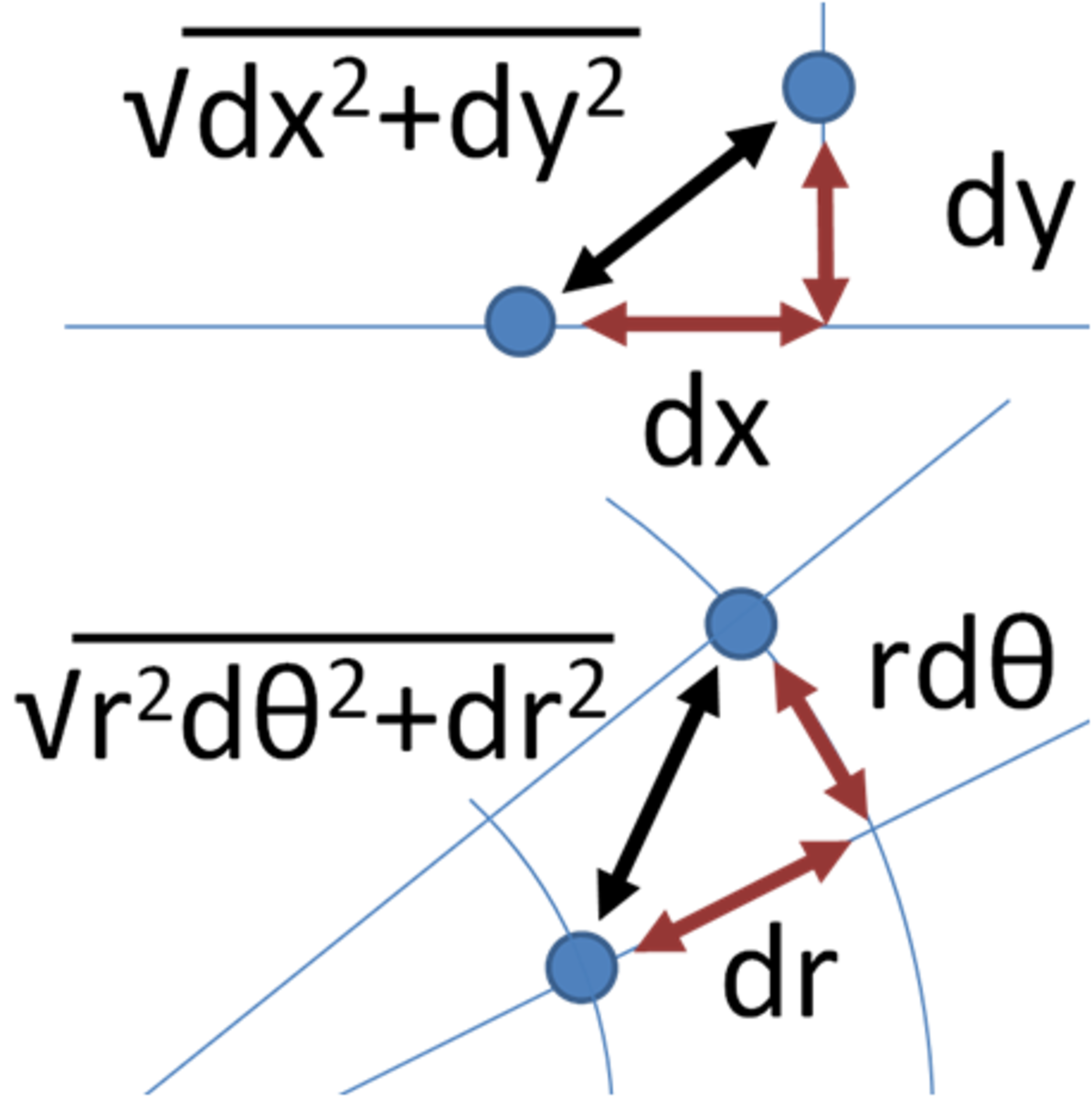FROM SHUNYA TO ZERO
FROM SHUNYA TO ZERO
The Hindu merchants of yore followed certain simple mathematical rules. If someone was in debt, the numbers should be negative, and if money was due to him, the numbers should be positive. If it was neither, the numbers would add up to zero. This introduced the concept of ‘nothing' which is what ‘shunya' is all about. But for quite sometime, this was a mystifying concept to Non-Hindu cultures. In the Indian context, however, it was not something new. In Buddhist Mathematics for example, numbers were of three types:
- 1. Sankheya ( countable)
- 2. Asankehya (Innumerable or uncountable)
- 3. Anant (Infinite)
PHILOSOPHIC INFLUENCE
Philosophical speculations about emptiness, might have given meaning and impetus, to the concept of zero. Indian philosophy held the view that
- Material world was an illusion (Maya)
- One must strive to detach and renounce the Material world. (Tyaga)
- The goal was to merge and unite with the formless Brahman (Nirvana)
Brahman was PUJYA or Holy; but Brahman was also void, and this probable explains why the mathematical concept of zero got a philosophical connotation of reverence. Zero was incidentally first known as Pujyam in early Sanskrit texts. This was however replaced by the more mundane ‘SHUNYA'
HOW SHUNYA BECAME ZERO
But how did ‘SHUNYA' end up as ‘ZERO', it is about this metamorphosis we intend to consider here. The concept of ‘emptiness' was alien to other cultures, so when this philosophical concept was applied in the mathematical context, it was not only revolutionary, but also mystifying. Interaction between Hindus and Arabs resulted in the latter, adopting the Indian numeration in the 10th Century. The Arabs however changed the Sanskrit word ‘SHUNYA' TO ‘SIFR' but when the 12th century, Italian mathematician Leonardo Pisano Fibonacci after studying Arabian algebra, introduced the Hindu-Arabic numerals in Italy, they however Latinized the Arabic word ‘SIFR' to ‘ZEPHIRUM'. This over time over time became zero. In Germany and England however the metamorphosis took a different turn. In Germany when Jordanus Nemaririus introduced the Arabic system of numerals, he retained the original Arabic word, but modified it to CIFRA' In England however the word CIFRA became CIPHER. In the early period the new numeration incorporating ZERO was looked upon as a secret sign by the common people. In fact the word ‘decipher' clearly reveals the enigma associated with it.
EARLY EVIDENCE
The oldest known text to use zero is a Jain manuscript entitled the Lokavibhaaga, dated 458 AD. It was first introduced to the world centuries later by Al-Khwarizmi, the founder of several branches of mathematics. The first apparent appearance of a symbol for zero appears in 876 in India on a stone tablet in Gwalior. Documents on copper plates, with the same small o in them, dated back as far as the sixth century AD, abound. Tobias Dantzig in 1930 commented "In the history of culture, the invention of zero will always stand out as one of the greatest single achievements of the human race".
The translation of the Arabic text shown below is as follows:
We must know that the Indians have a most subtle talent and all other races yield to them in arithmetic and geometry and the other liberal arts. And this is clear in the 9 figures with which they are able to designate each and every degree of each order (of numbers). And these are the forms
http://www.pantaneto.co.uk/issue5/arsham.htm Zero in Four Dimensions: Historical, Psychological, Cultural, and Logical Perspectives










